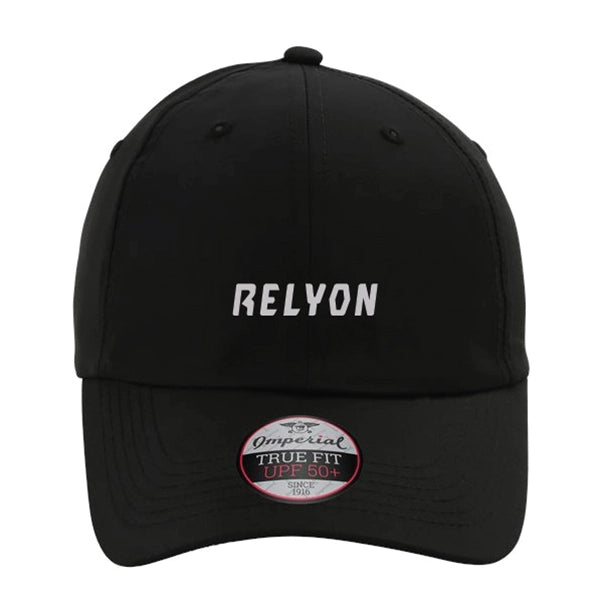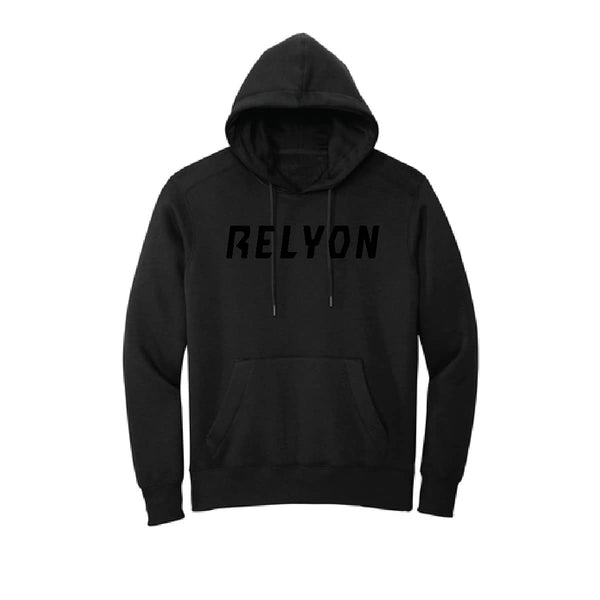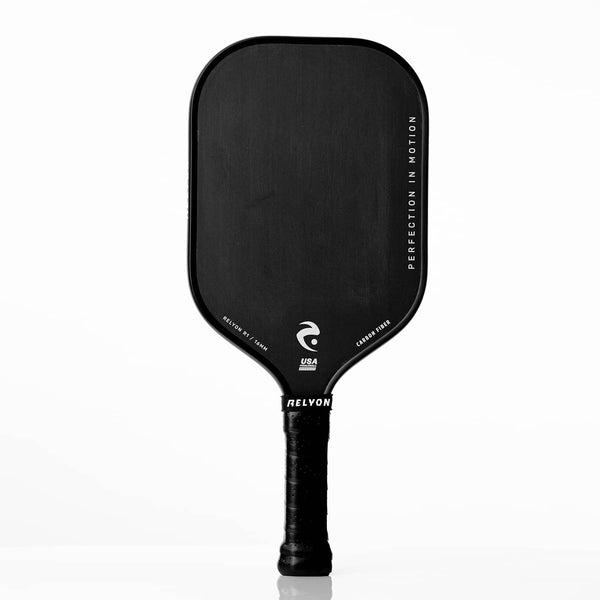Your Paddle Explained!
Why Weight Matters (Does weight matter?):
The weight distribution of your paddle is crucial for optimal performance. While total weight matters, where that weight is placed is even more important. Adding perimeter weights redistributes weight to the paddle's edges, enhancing your paddle's Balance Point, Sweet Spot size, Swing Weight (power), and Twist Weight (control). To see how different weight configurations affect these features, check out our "Customizer" tool.
Once you've found the perfect configuration for your playing style using our Customizer, reach out to us. We'll custom-build your ideal paddle, tailored to your specifications, helping you elevate your pickleball game to the next level!
What is Swing Weight?
What Is Twist Weight?
What Is Balance Point?

Swing Weight Explained
Swing weight, more significant than static weight, affects both swing speed and power in pickleball paddles.
Think of a hammer: held by the handle, it's slower but more powerful; held by the head, it's faster but less powerful. Similarly with paddles:
• Adding weight anywhere slows swing speed but increases power
• Weight added to the top: greatly slows speed, significantly increases power
• Weight added near the handle: moderately affects both speed and power
Players typically add 10-12 grams near the handle and throat (where handle meets paddle face) for an optimal balance of speed and power.
Key Takeaway: Adding perimeter weight increases power, allowing players to customize their paddles for their playing style.

Twist Weight Explained
Twist weight is a crucial measurement in paddle performance. It indicates how much a paddle resists twisting in a player's hand during off-center hits. Here's what you need to know:
What Affects Twist Weight?
• Adding perimeter weight increases twist weight
• Paddles with more perimeter weight have higher twist weight than lighter paddles with little or no perimeter weighting
Benefits of Higher Twist Weight
• Stronger balance
• Greater resistance to off-center hits
• Reduced likelihood of pop-ups and poor shots
• Increased control, especially important for:
• Blocks
• Dinks (soft, arcing shots that just clear the net)
• Drives
Importance in Advanced Play
As your game improves and becomes faster, greater control at the net becomes increasingly crucial. Higher twist weight translates to increased control and fewer errors, making it a valuable characteristic for advancing players.
Key Takeaway: Higher twist weight = Increased control and decreased errors in pickleball.

Sweet Spot Explained
The sweet spot is the most responsive and powerful area on a paddle's face. Its size and location are determined by the paddle's weight distribution and balance point.
Sweet Spot in Static Weight
• PaddlesA paddle with static weight has a pre-determined balance point
• The sweet spot is usually just above the center of the balance point
• Both location and size of the sweet spot are fixed
Effects of Adding Perimeter Weight
Adding perimeter weight changes the balance point and weight distribution, which in turn affects the sweet spot:
1. Weight added near the throat (where handle meets paddle face):
• Sweet spot expands downward and outward
2. Weight added near the head of the paddle:
• Sweet spot expands upward and outward
Key Takeaway
Regardless of where weight is added, a larger sweet spot is beneficial for players. It increases the effective hitting area, potentially improving overall performance.

Balance Point Explained
The balance point is a horizontal line across your paddle face where there is an equal amount of weight above it (toward the head) and below it (toward the handle). Most paddles have a fairly standard balance point between 220 millimeters and 260 millimeters up from the handle. Our stock paddles have a balance point of 240 millimeters.
Customizing the balance point can significantly affect your paddle's performance. Adding perimeter weights below the balance point will move it downward, making the paddle less top-heavy and thereby increasing control. Conversely, adding perimeter weights above the balance point will adjust it upward, adding weight toward the head. This increases the paddle's "plow through" - its ability to maintain momentum when striking the ball - thus adding power to your shots.






